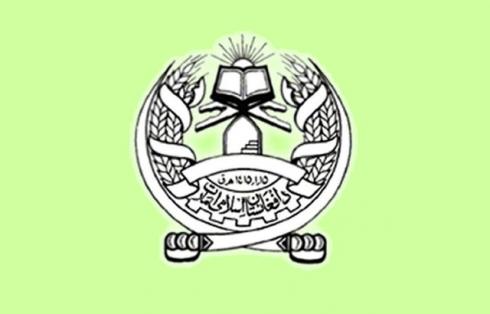
Former headquarters of Northern Alliance falls under Taliban control
The north, where many Afghan power brokers are base, is now in a state of general collapse. Seven of the nine northern provincial capitals are under Taliban control.

The north, where many Afghan power brokers are base, is now in a state of general collapse. Seven of the nine northern provincial capitals are under Taliban control.
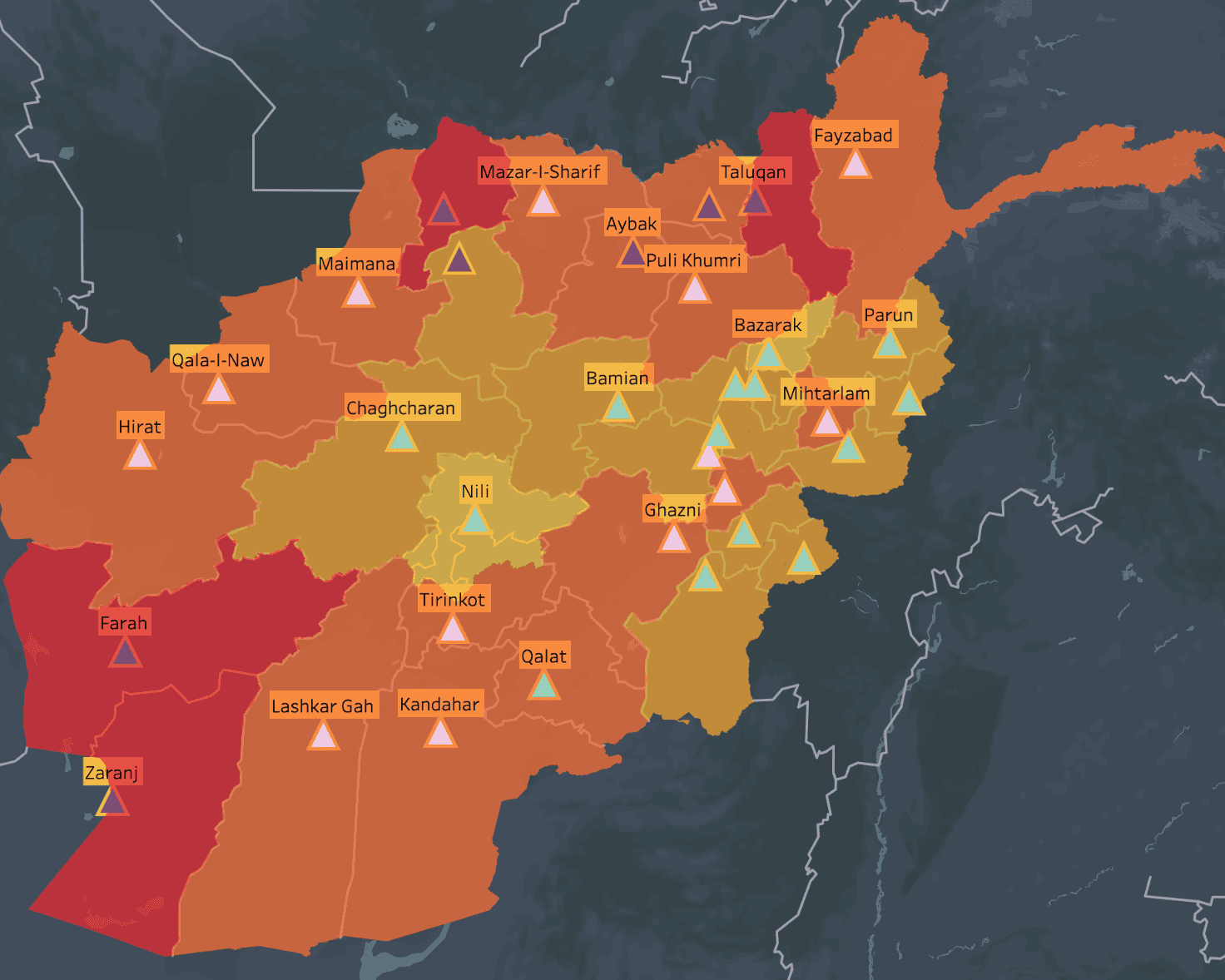
Eight of Afghanistan’s 34 provincial capitals have fallen to the Taliban in less than a week. The Taliban now fully controls four provinces; Farah, Jawzjan, Nimruz, and Takhar.
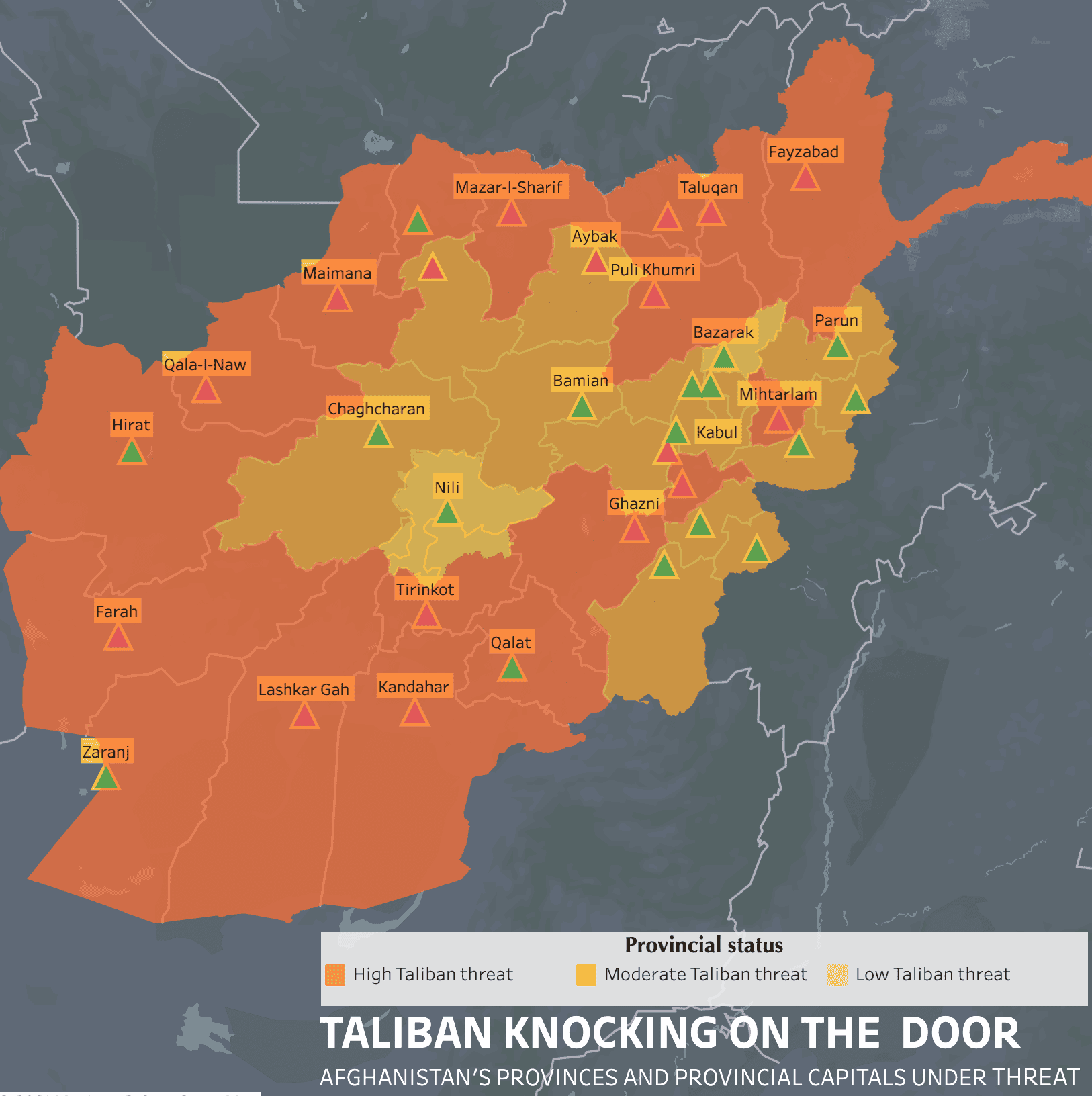
The Taliban directly threatens 17 of Afghanistan’s 34 provincial capitals, while 18 of the provinces are under direct threat of falling under Taliban control, according to an assessment by FDD’s Long War Journal.
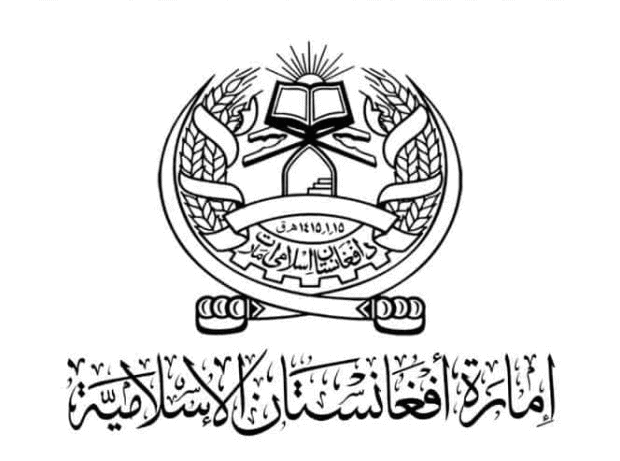
The Taliban’s strategy of seizing rural districts has not only allowed it to surround major cities and put pressure on population centers, it has also enabled it to squeeze the Afghan government’s revenue from goods crossing the border.
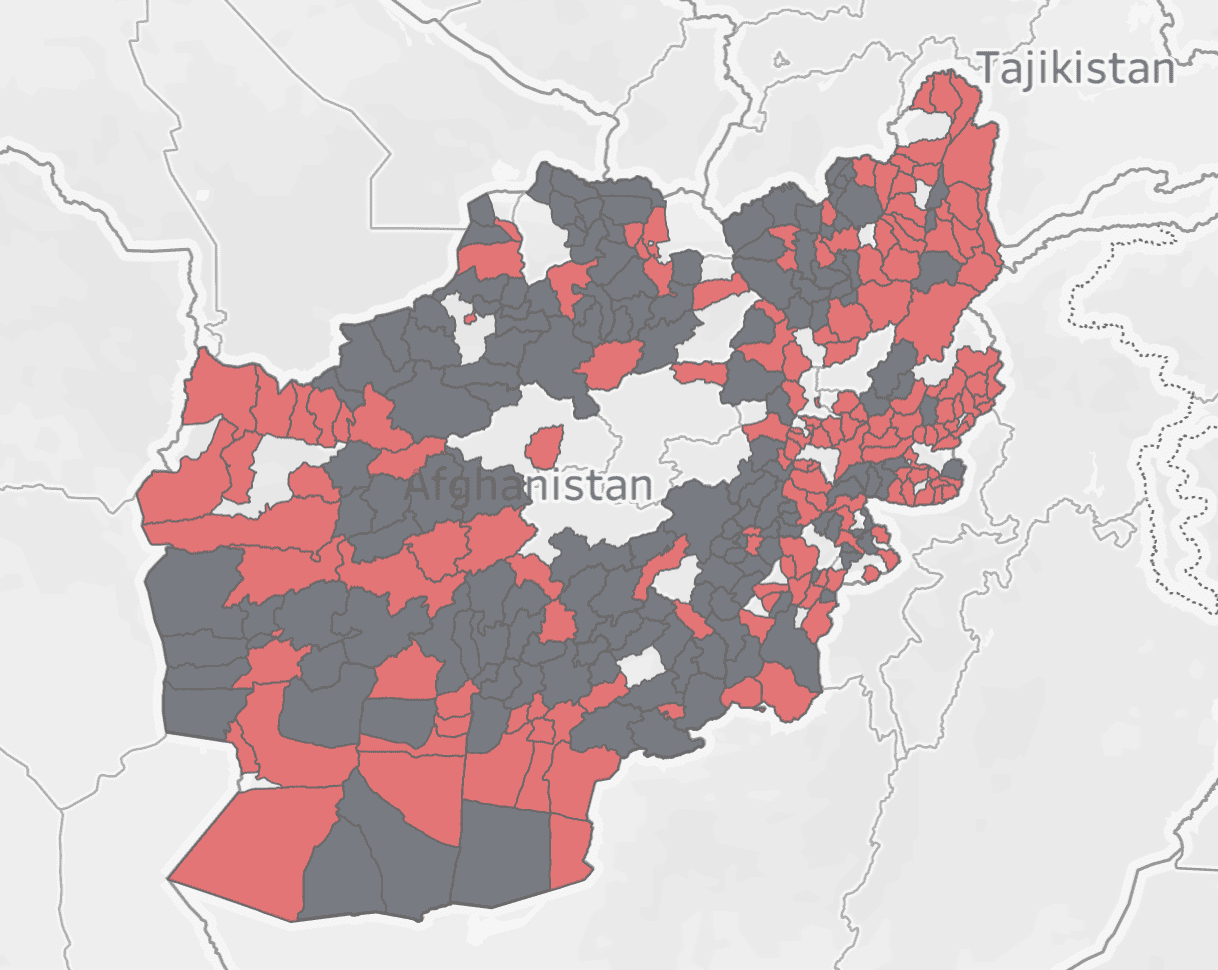
The importance of the Taliban’s northern thrust cannot be understated. If the Taliban can deny Afghanistan’s government and its backers their base of power, Afghanistan is effectively lost.

The Taliban’s multiyear strategy of gaining influence in the rural districts to pressure the population centers is paying dividends.
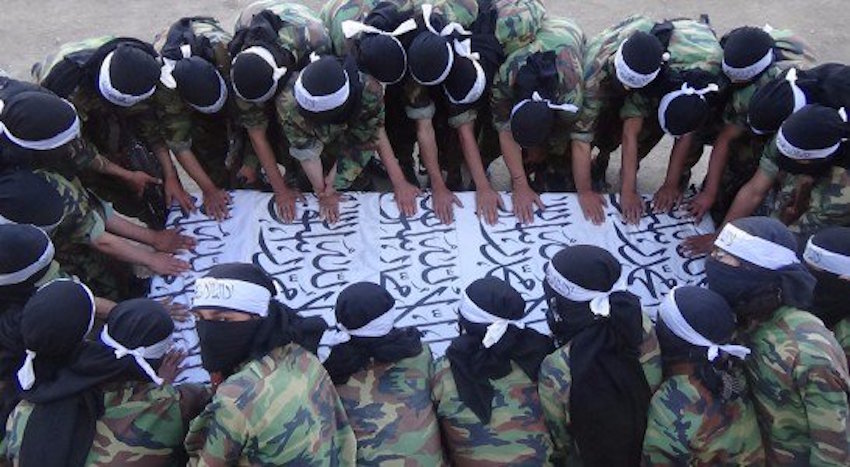
The Taliban has gone on the offensive in northern Afghanistan and is on the verge of taking control of Kunduz province if Afghan security forces cannot stay the siege of Kunduz City. Kunduz is one of eight provinces in danger of falling to the Taliban before U.S. forces are scheduled to completely withdraw in September. […]
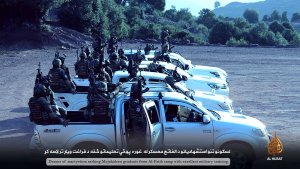
The Taliban took control of nine districts in Takhar and is fighting inside Kunduz City. The Afghan military has so far been unable to halt the onslaught, particularly in the north, where the Taliban has the momentum and is dictating the pace of the fighting.
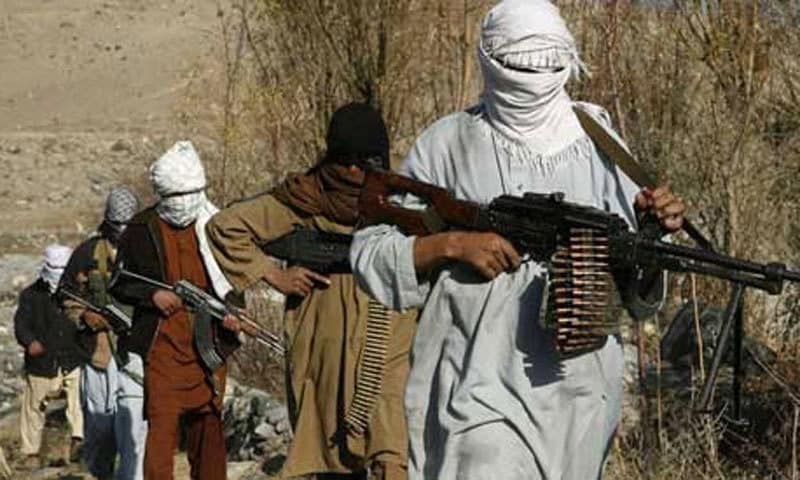
In the six weeks since the May 1 deadline for U.S. troops to withdraw from Afghanistan, the Taliban has seized control of 32 additional districts, their reach spanning half of the country’s 34 provinces.
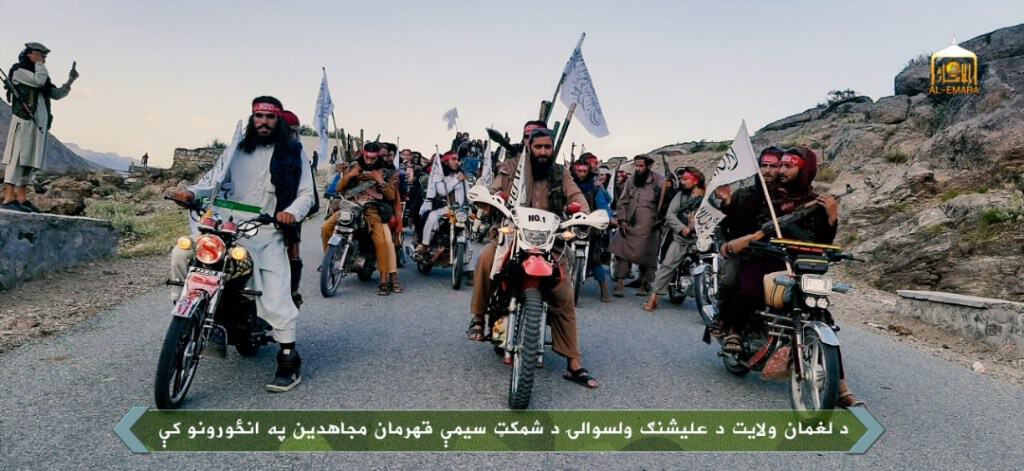
The United Nations Analytical Support and Sanctions Monitoring Team reports that as of April 2021, the Taliban contests or controls “an estimated 50 to 70 per cent of Afghan territory” and exerts “direct control over 57 per cent of district administrative centres.” LWJ’s analysis of the security situation is very similar.

The Taliban continues to gain on the Afghan government; seven more districts have fallen under Taliban control or are contested, according to SIGAR. The US military dismissed these gains, stating that this is “not indicative of effectiveness of the South Asia strategy or progress toward security and stability in Afghanistan.”